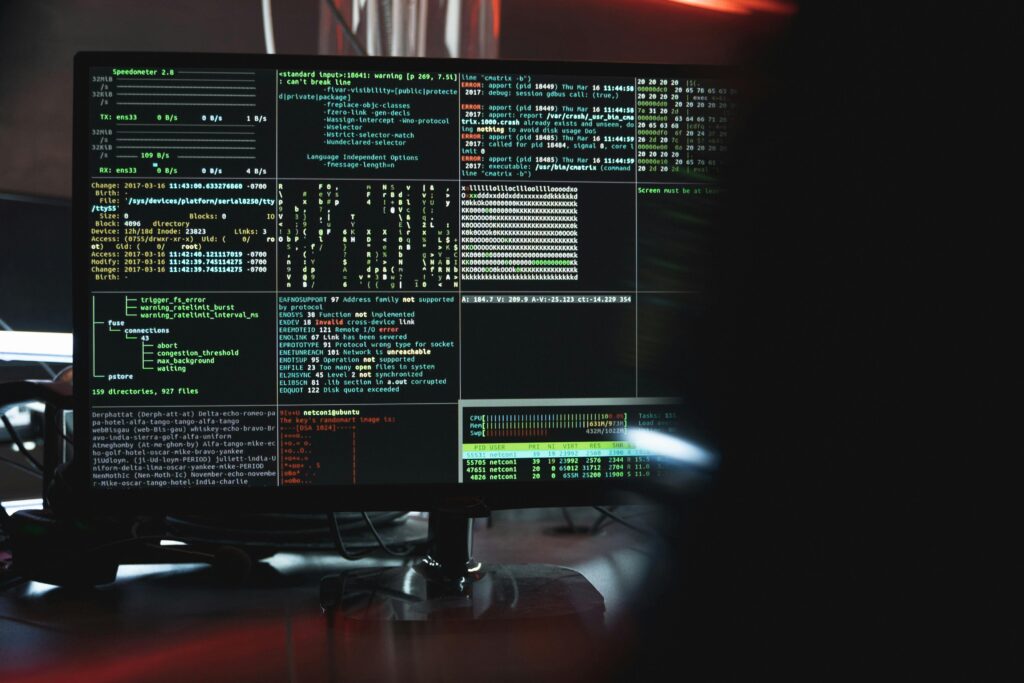In a surprising twist in the world of cybersecurity, attackers are now turning to Lisp—a language once reserved for academic and niche applications—to craft malware. This unexpected development is forcing security experts to reexamine their assumptions about programming languages in malicious code and rethink their detection strategies.

A New Frontier in Malware Development
Traditionally, malware is written in widely used languages like C, C++, or Python. However, recent incidents have seen threat actors experimenting with Lisp, a language known for its powerful macro system and flexibility. By leveraging Lisp’s unique capabilities, attackers aim to create malware that is not only sophisticated but also harder to detect and analyze.
- Security Through Obscurity:
The rarity of Lisp in the malware ecosystem means that many conventional antivirus and intrusion detection systems aren’t optimized to scrutinize Lisp-based code. This “unexpectedness” can provide a temporary edge for cybercriminals. - Advanced Code Obfuscation:
Lisp’s syntax and macro capabilities allow for complex, self-modifying code structures. Such dynamic behavior can mask malicious activities and confuse traditional static analysis tools, making reverse engineering a daunting task. - Functional and Dynamic Paradigms:
Lisp supports functional programming and rapid prototyping. These features enable attackers to write more adaptable and resilient malware, potentially allowing it to change behavior based on the system environment or defensive measures.
Advantages and Challenges for Cybercriminals
While the choice of Lisp offers several benefits for attackers, it is not without its pitfalls:
- Advantages:
- Low Detection Rates: The uncommon nature of Lisp-based malware may bypass signature-based detection, at least initially.
- Flexibility in Design: The ability to generate and manipulate code on the fly through macros gives attackers a potent tool for crafting elusive threats.
- Challenges:
- Limited Talent Pool: Fewer programmers are proficient in Lisp, which might restrict the development and maintenance of such malware.
- Increased Complexity: The inherent complexity of Lisp can lead to bugs or unintended behaviors, which might compromise the malware’s effectiveness if not carefully managed.
The Underlying Mechanics of Lisp Malware
Lisp’s unique characteristics, such as its symbolic expressions (s-expressions) and homoiconicity (the property that code and data share the same structure), allow for unparalleled flexibility in how code is written and executed. This can enable:
- Dynamic Reconfiguration:
Malware written in Lisp can reconfigure itself during runtime, altering its behavior to avoid detection or to exploit new vulnerabilities. - Sophisticated Obfuscation:
The language’s macro system can be exploited to obscure the true intent of the code. This makes traditional disassembly or decompilation techniques less effective and demands specialized reverse-engineering skills. - Self-Modification:
Lisp’s support for self-modifying code can facilitate the creation of malware that evolves in response to the host environment, making static defenses nearly obsolete.

Implications for Cybersecurity
The emergence of Lisp-based malware is a wake-up call for the cybersecurity community. It challenges the conventional wisdom that only mainstream programming languages pose threats. In response, researchers and security vendors are now:
- Expanding Their Toolsets:
Developing new analysis tools that can parse and interpret Lisp code, improving detection capabilities against these unconventional threats. - Training and Research:
Investing in education and research to better understand the nuances of Lisp and similar obscure languages that might be repurposed for cybercrime. - Collaborative Intelligence:
Sharing findings across the cybersecurity community to build a robust database of indicators of compromise (IoCs) related to such malware.
Looking Ahead: A Trend or an Isolated Case?
While it remains to be seen whether Lisp-based malware will become widespread or remain a niche tool among sophisticated threat actors, its emergence highlights a broader trend: attackers are continually evolving their methods. As defenders adapt, it’s crucial to expect the unexpected and develop flexible, language-agnostic approaches to threat detection.
Frequently Asked Questions
Q: What is Lisp, and why is it unusual for malware?
A: Lisp is one of the oldest programming languages, known for its unique syntax and powerful macro capabilities. Its use in malware is rare, making it an unexpected tool for cybercriminals who usually favor more common languages.
Q: How does using Lisp benefit malware creators?
A: Lisp’s features allow for advanced obfuscation, self-modifying code, and dynamic reconfiguration, which can help malware evade traditional detection methods and complicate reverse engineering efforts.
Q: Are there significant risks for attackers using Lisp?
A: Yes. The smaller community of Lisp experts and the inherent complexity of the language can introduce challenges in development and maintenance, potentially limiting its appeal to less skilled attackers.
Q: What can cybersecurity professionals do to counter Lisp-based malware?
A: Security teams should expand their analysis tools to include support for Lisp, invest in specialized training, and collaborate to develop new detection methodologies that are language-agnostic.
Q: Is this a sign that malware will increasingly use obscure languages?
A: It’s too early to say, but the trend suggests that threat actors are exploring every option available to bypass defenses. Vigilance and adaptability are key for future cybersecurity strategies.
Q: Could this trend impact everyday users?
A: While currently, Lisp-based malware appears to be in its experimental stages and may target specific high-value environments, any breakthrough in its detection could have broader implications for cybersecurity practices that affect everyday users.

The foray of malware into the realm of Lisp is a stark reminder that cyber threats are constantly evolving. As attackers embrace obscure languages to outsmart conventional defenses, the cybersecurity community must remain agile, innovative, and collaborative to protect digital assets in an ever-changing landscape.
Sources The Register


